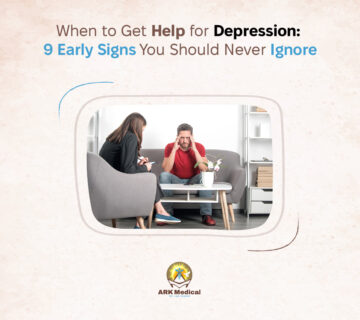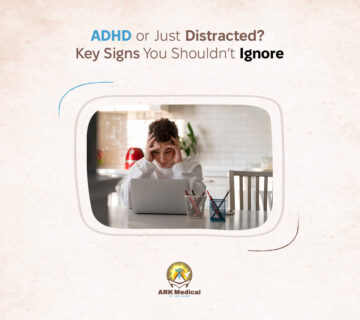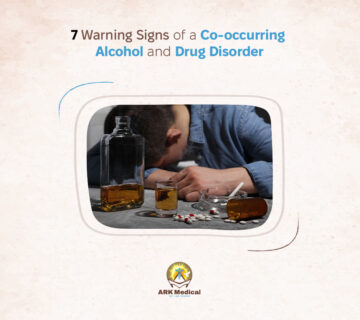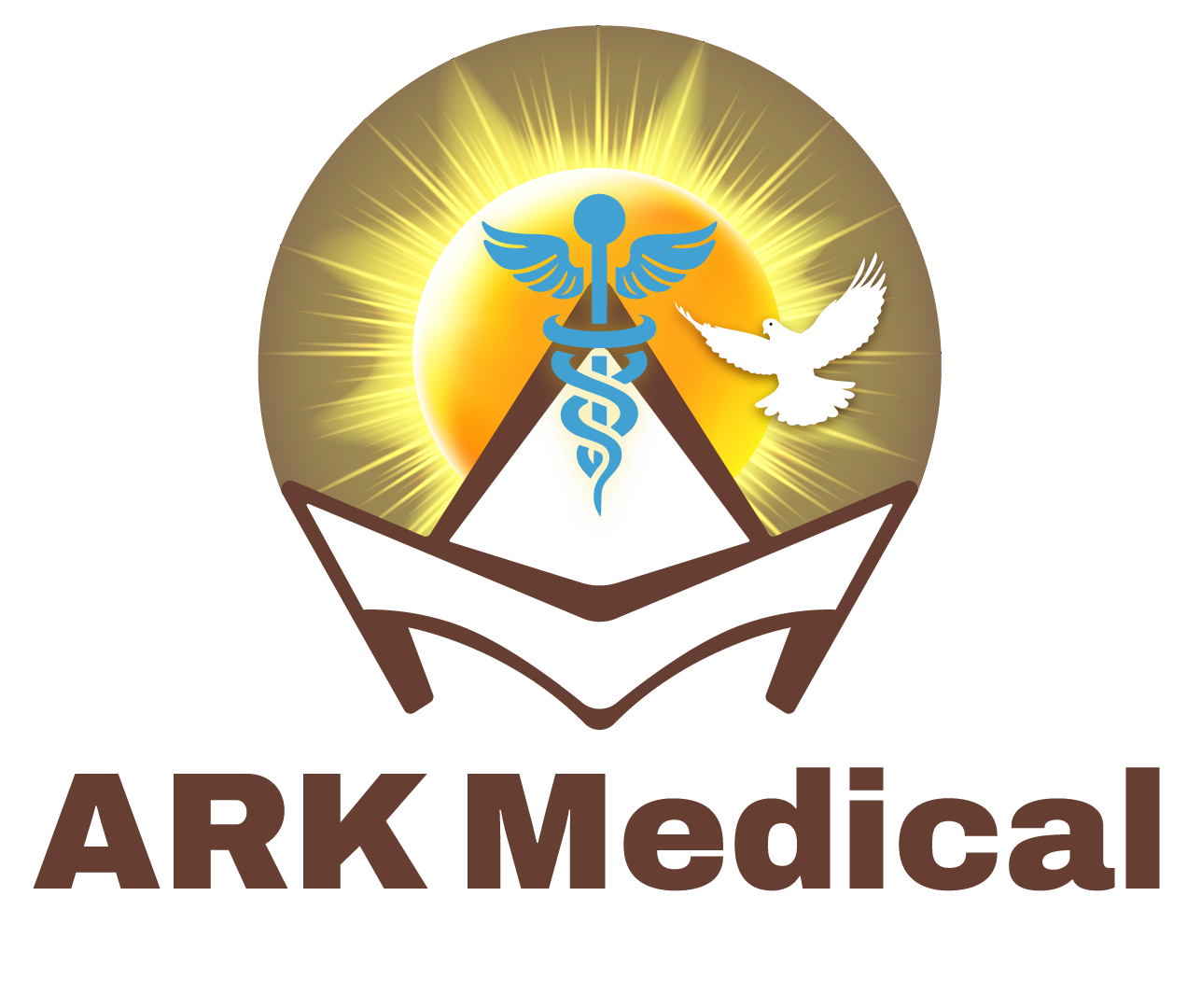Anxiety is a normal feeling that makes people feel nervous, worried, or scared. It’s a normal reaction to things that seem dangerous. But for people with an anxiety disorder, these feelings are too strong, last too long, and can make it hard to do everyday things like work, school, and relationships. The symptoms of an anxiety disorder are often out of proportion to the real cause, and in some cases, there is no clear cause. For an official diagnosis, these symptoms cannot be linked to an underlying medical condition, substance use, or another mental health disorder.
It is important for all health professionals, not just those who work with mental health, to know a lot about the different types of anxiety disorders. Anxiety disorders are some of the most common mental health problems, affecting about 19.1% of adults in the U.S. each year. Moreover, the physical manifestations of anxiety may coincide with those of various medical conditions, frequently resulting in patients consulting a primary care physician instead of a mental health professional. So, to give the best care to patients with anxiety disorders, you need to know about the symptoms, how to diagnose them, and what treatments are available.
Different kinds of anxiety disorders
This part gives a general idea of the main types of anxiety disorders as they are defined in modern psychiatric classification systems. Some of these are generalized anxiety disorder (GAD), panic disorder, social anxiety disorder (SAD), specific phobia, agoraphobia, selective mutism, and separation anxiety disorder.
Generalized Anxiety Disorder (GAD)
People with generalized anxiety disorder worry a lot about many different parts of their lives all the time. It is more common in women, and about 5.7% of adults in the U.S. will have GAD at some point in their lives
GAD’s clinical signs and symptoms:
- Problems with focusing
- It’s hard to keep worry in check.
- Being restless or “on edge”
- Tiredness
- Tension in the muscles
- Problems with sleep, like trouble falling asleep, staying asleep, or having restless, unsatisfying sleep
- Somatic symptoms include headaches, stomachaches, nausea, or diarrhea.
For a diagnosis of GAD, there must be excessive anxiety and worry for at least six months, along with three or more of the above symptoms.
How to Treat GAD: Most of the time, treatment includes both psychotherapy and medication. Cognitive Behavioral Therapy (CBT) is a highly recommended psychotherapeutic approach that aids patients in recognizing and altering detrimental thought patterns and behaviors. Selective Serotonin Reuptake Inhibitors (SSRIs) and Serotonin-Norepinephrine Reuptake Inhibitors (SNRIs) are the best medications to start with. Buspirone, which is an anxiolytic, can be used to make something else stronger. Because they can make you dependent, benzodiazepines should only be used for a short time.
Related:https://arkmedicaloflasvegas.com/anhedonia-in-generalized-anxiety-disorder/
Panic Disorder
People with panic disorder have panic attacks that happen over and over again and without warning. These are sudden episodes of intense fear or discomfort that reach their peak in a few minutes. This condition is more common in women, with 4.7% of adults in the U.S. having it at some point.
Clinical Symptoms of Panic Disorder:
Heart palpitations, pounding, or a faster heart rate
- Sweating
- Shaking or trembling
- Feeling like you can’t breathe or are being smothered
- Choking feelings
- Pain or discomfort in the chest
- Nausea or pain in the stomach
- Feeling light-headed, dizzy, or faint
- Feeling cold or hot
- Paresthesias are feelings of numbness or tingling.
- Derealization (feeling like things aren’t real) or depersonalization (feeling like you’re not yourself)
- Fear of losing control or “going crazy”
- Fear of death
Diagnostic criteria encompass recurrent, unforeseen panic attacks succeeded by a minimum of one month of enduring apprehension regarding subsequent attacks or their ramifications.
The usual way to treat panic disorder is with a mix of therapy and medication. Cognitive-behavioral therapy (CBT) and selective serotonin reuptake inhibitors (SSRIs) or serotonin-norepinephrine reuptake inhibitors (SNRIs) are the main options. If first-line treatments don’t work, tricyclic antidepressants (TCAs) may be used, but their side effects need to be watched closely. Benzodiazepines can quickly help with panic attacks, but they are usually only given for a short time.
SAD stands for Social Anxiety Disorder.
Social Anxiety Disorder, or social phobia, is a condition in which a person is very afraid of being in social situations where other people might be watching them. This fear causes people to avoid things and makes it hard for them to do well in school, at work, or in social situations.
Signs of SAD in the clinic:
A strong fear of what other people will think of you.
- Avoiding social situations
- Physical signs like blushing, shaking, sweating, and a fast heart rate
- Having trouble looking someone in the eye
- Feeling shy or embarrassed
- Talking in a very soft voice
For a diagnosis, the fear, anxiety, or avoidance must be long-lasting (usually six months or more) and cause clinically significant distress or impairment.
Options for treating SAD are like those for GAD and panic disorder. They include CBT, SSRIs, and SNRIs. Beta-blockers may be given to people who are anxious about performing (like speaking in front of a crowd) to help with physical symptoms like a fast heart rate and shaking.
Certain Phobias
A specific phobia is an extreme, unreasonable fear of a certain thing or situation. For example, arachnophobia is the fear of spiders, and claustrophobia is the fear of small spaces. People who have a specific phobia often know that their fear is too much, but they don’t know how to stop it.
Clinical Signs of a Particular Phobia:
- Immediate anxiety response upon exposure to the phobic stimulus
- Physical signs include sweating, shaking, trouble breathing, and a fast heart rate.
- Avoiding the thing or situation that scares you on purpose
The diagnostic criteria are comparable to SAD, requiring fear and avoidance to endure for a minimum of six months. The main treatment is a type of CBT called exposure therapy, in which the patient is slowly and carefully exposed to the thing that scares them in a safe setting to help them stop being afraid.
Fear of open spaces
Agoraphobia is a type of anxiety disorder that makes people very afraid of places where they might not be able to get away or get help. People with this fear often stay away from public transportation, open spaces, closed spaces, crowds, or being outside the house alone. In extreme instances, individuals may become confined to their residences.
For a diagnosis, the fear or anxiety must pertain to two or more of the previously mentioned situations and endure for a duration of six months or longer. Panic disorder and agoraphobia often go hand in hand. The usual treatment is CBT and either SSRIs or SNRIs.
Selective Mutism\
Selective mutism is a complicated anxiety disorder that affects children. It makes it hard for them to talk and communicate well in certain social situations, like school, but they can talk just fine in places where they feel safe and at ease. This inability to speak is not attributable to a communication disorder or insufficient language proficiency.
For a diagnosis, the problem must last for at least a month and make it hard to communicate with others at school or in social situations. Cognitive behavioral therapy (CBT) and family therapy may be part of the treatment. SSRIs are sometimes used to help with anxiety that goes along with it.
Separation Anxiety Disorder
People with separation anxiety disorder are very afraid or anxious about being away from the people they are close to. Separation anxiety is a typical developmental phase; however, it is classified as a disorder when the fear is disproportionate to the individual’s developmental stage and results in considerable distress or dysfunction.
Symptoms encompass persistent distress associated with the anticipation or experience of separation, anxiety regarding the loss of significant attachment figures, and an aversion to solitude. For a diagnosis in children, symptoms must persist for a minimum of four weeks; in adults, a duration of six months or more is required. Cognitive behavioral therapy (CBT) and family therapy are common parts of treatment, and SSRIs are sometimes used to help with symptoms.
Causes of Anxiety Disorders
The emergence of anxiety disorders is influenced by a confluence of genetic, neurobiological, and environmental factors
- Neurobiology: Neurotransmitters like serotonin, gamma-aminobutyric acid (GABA), and norepinephrine play a role in controlling anxiety. Individuals with anxiety disorders exhibit increased reactivity in specific brain structures, notably the amygdala.
- Genetics: Having a family history of anxiety disorders, especially panic disorder and agoraphobia, raises a person’s risk.
- Environmental Factors: Traumatic life events, a history of abuse, chronic stress, and negative childhood experiences are substantial risk factors for the onset of anxiety disorders.
Diagnosis and Evaluation
To rule out other possible causes, a thorough approach is needed to diagnose an anxiety disorder.
- Clinical History and Physical Examination: A comprehensive medical history and physical examination are crucial to eliminate underlying medical conditions that may present with symptoms resembling anxiety (e.g., thyroid disorders, cardiac conditions).
- Blood tests to check thyroid function, blood sugar levels, and other metabolic markers can help rule out medical causes.
- Psychiatric Assessment: After ruling out medical causes, a referral to a mental health professional is warranted. Standardized assessment tools, like the Beck Anxiety Inventory (BAI) or the Generalized Anxiety Disorder 7-item (GAD-7) scale, can help you figure out how bad your symptoms are.
Strategies for Treatment and Management
A multimodal approach is often needed to treat anxiety disorders well.
- Pharmacotherapy: SSRIs and SNRIs are the first medications to try. Buspirone, TCAs, and beta-blockers are some other drugs that can be used. Benzodiazepines are usually only used for a short time or as an add-on to other treatments.
- Psychotherapy, specifically cognitive behavioral therapy (CBT) that includes exposure therapy, is a very effective treatment that teaches people how to control their thoughts, feelings, and actions.
- Lifestyle changes: Getting enough sleep, eating a balanced diet, exercising regularly, and practicing mindfulness and meditation can all help a lot with anxiety. It’s also a good idea to cut back on caffeine.
- Collaborative Care: For good management, it’s important for primary care doctors, mental health professionals, and the patient to work together. This includes keeping a close eye on medications to avoid bad drug interactions and checking for side effects.
Conclusion
Because anxiety disorders are so common and have such a big effect on people’s lives, all health professionals need to know how to recognize, diagnose, and treat them. A thorough treatment plan that includes psychotherapy, medication, and changes to the patient’s lifestyle can greatly improve their quality of life. Healthcare providers can make sure that people with anxiety disorders get the right, evidence-based care by creating a collaborative care environment and making sure that patients are sent to the right specialists.





